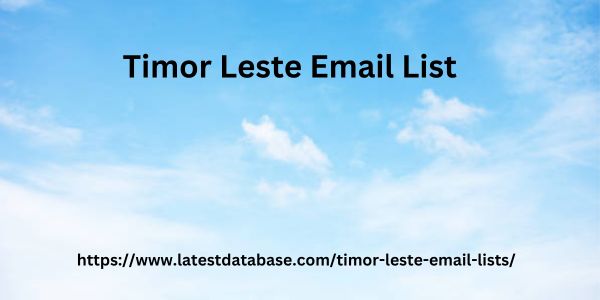The Art of the ClickThe meta description tag acts as your elevator pitch to users in SERPs. With limited real estate, crafting a compelling description that piques user interest and compels them to click is essential. Here are some best practices to follow:Focus on Relevance: Ensure your meta description accurately reflects the content and value proposition of the specific webpage.Target Your Keywords: While keyword stuffing is discouraged, strategically include your target keywords in a natural and readable way.Embrace Clarity and Concision: Aim for a character count between 155-160 characters, the ideal length displayed in most SERPs.Write with Enticement: Craft a compelling call to action that entices users to click and learn more about your content.Uniqueness is Key: Avoid duplicate meta descriptions across your website. Each page deserves a unique and relevant description.Optimizing Meta Title Tags: Headline Power in SERPsThe meta title tag is your webpage's headline in SERPs.
It plays a crucial role in influencing click-through rates and des Timor Leste Email List erves just as much attention as your meta descriptions. Here are some key considerations for crafting effective title tags:Keep it Concise: Aim for a character count between 50-60 characters, ensuring it displays fully in most SERPs.Start with the Keyword: Strategically incorporate your target keyword at the beginning of your title tag for optimal relevance.Brand Recognition: Incorporate your brand name towards the end of the title tag, particularly for established brands.Clarity and Accuracy: Ensure your title tag accurately reflects the content of your webpage and avoids misleading users.The Power of Numbers and Lists: Including numbers or bracketed lists can grab user attention and entice clicks.Beyond the Basics: Exploring Additional Meta TagsWhile meta title and description tags are the most crucial for SEO, other meta tags can provide additional value:Meta Robots Tag: This tag instructs search engine crawlers on how to index and display your webpage.

You can use it to specify if a page should be indexed or not, or if it should be followed for further links.Meta Viewport Tag: This tag optimizes your website's layout for various devices, ensuring a seamless user experience across desktops, tablets, and smartphones.Meta Social Tags: These tags provide metadata specifically for social media platforms like Facebook and Twitter, influencing how your webpage is shared and displayed on those platforms.The Tools of the Trade: Unveiling Your Meta Tag ArsenalSeveral tools can simplify your meta tag optimization process:Yoast SEO Plugin (WordPress): A popular plugin for WordPress websites that provides real-time feedback on your meta title and description tags, helping you optimize their length and keyword usage.SEMrush and Ahrefs: These SEO platforms offer comprehensive tools for analyzing your meta tags, identifying duplicate descriptions, and suggesting improvements.SERP Preview Tools: Tools like Google's SERP snippet preview tool allow you to preview how your title tag and meta description will appear in search results, helping you refine them for optimal presentation.